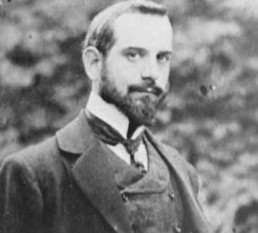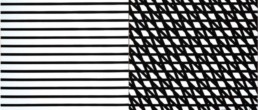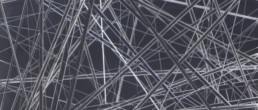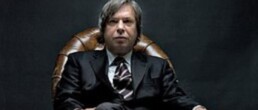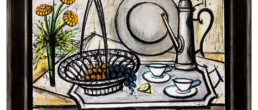Henri Manguin
1874 (Paris) - 1949 (Saint Tropez)
No work available for the moment.
Biography
Henri Manguin studied with Gustave Moreau at the École des Beaux-Arts from 1894. Here he became friends with Marquet and Matisse. In 1899 he married, his wife Jeanne remaining one of his most important models. In 1905 Manguin bought an estate in Saint-Tropez, where he was so inspired by the light and the Mediterranean landscape that he would return there throughout his life.
Manguin exhibited work at the 1905 Salon d’Automne, which led to his classification as one of the Fauves. Although Manguin’s use of bright colour is certainly affiliated with Fauvism, his optimistic view of life inspired him to paint predominately harmonious subjects and compositions. As a result his work is generally less striking and extreme than that of his Fauve colleagues. Until the outbreak of the Second World War he travelled throughout France and stayed in a number of locations, capturing the landscapes he encountered on his travels in watercolours and paintings. He also painted portraits of women and still-lifes of flowers. In 1949 Manguin decided to settle in Saint-Tropez where he died several months later. A year after his death the Salon des Indépendants organised a retrospective of his work.
Après de courts débuts marqués par la découverte de l’impressionnisme, des Nabis, puis de Cézanne, il commence à exposer au moment de l’éclosion du Fauvisme. Son tempérament le porte à utiliser des couleurs vives et exaltantes, et c’est tout naturellement qu’il se joignit au groupe des Fauves dès 1905. Les violences du début du mouvement s’apaisant, Manguin atténue sa palette, soucieux ‘ d’harmoniser ’, selon son terme, l’ensemble de la composition, restant toutefois attaché aux colorations vives.
Il est décédé à Gassin en 1949.


